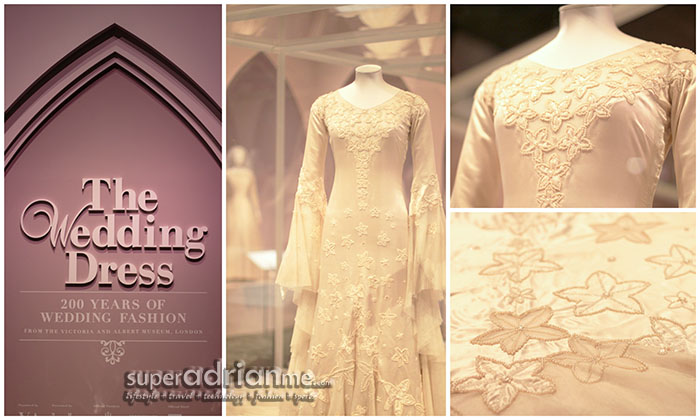
10 August 2012, Singapore – A showcase of 36 wedding dresses, eight bridegroom attires and 43 accessories including lingerie, gloves, bags and shoes from the collection of Victoria and Albert Museum (V&A) in London are on display at the National Museum of Singapore till 31 October 2012. Tickets to the exhibition are priced at S$11 and the exhibition is open daily from 10am to 6pm.
Celebrating Singapore’s 47th birthday in the month of August, tickets are priced at S$6 for Singaporeans and PRs.
Be transported back to the early 1800s on a journey down the wedding aisles through the past 200 years. You can expect to see beautiful gowns by renowned designers such as Paris’s leading dressmaker of his time, Charles Frederick Worth, John Galliano, Vera Wang and Vivienne Westwood. A collection of celebrities’ gown such as Gwen Stefani and Dita Von Teese are also being featured. Check out the highlights of the exhibition for a glimpse of what to expect before heading down to the Museum here.
- SECTIONS
- Creating Traditions (1800 – 1840)
- The Victorian Bride and Bridegroom (1837 – 1901)
- Artistic Styles (1900 – 1930s)
- The Society Wedding (1930s – 1930s)
- From Austerity to the ‘New Look’ (1939 – 1951)
- Innovation and Individuality (1950s – 1970s)
- Nostalgia, Romance and the Modern (1970s – early 2000s)
- The Celebrity Wedding (1990s – 2000s)
- The Wedding Dress in Singapore
SECTIONS
The Wedding Dress: 200 Years of Wedding Fashion from the Victoria & Albert Museum, London is categorised into nine sections:
Creating Traditions (1800 – 1840)
Explore the wedding fashion of the early 19th century in Britain. Before the 1800s, white was not the predominant colour of brides. Gold and Silver was the colour of the rich while the others preferred coloured dresses. In the 1800s, white was the choice for wealthy brides and most women especially the low income earners wore coloured fabrics. Popularised by Queen Victoria in 1840, the white wedding dress became popular.
The Victorian Bride and Bridegroom (1837 – 1901)
White bridal garments transitioned from fashionable to traditional and the bridegroom’s outfit became darker and more standardised. Women would buy their fabric for their wedding dress from Liberties, a popular department store in 1875.
Artistic Styles (1900 – 1930s)
Women sought to create a distinctive identity from other women. Designers such as Norman Hartnell as well as couture houses in London was flourishing.
The Society Wedding (1930s – 1930s)
Weddings in Britain’s high society after the First World War had much media attention in the form of photographs and gossip columns.
From Austerity to the ‘New Look’ (1939 – 1951)
The Second World War saw shortages and dress fabric became strictly rationed . Resourceful brides turned materials such as upholstery or curtains for their wedding dresses.
Innovation and Individuality (1950s – 1970s)
Quality ready-to-wear clothing competed with the high fashion market in the post war years. A niche group of young designers catered to the tastes of youthful consumers who preferred unique pieces.
Nostalgia, Romance and the Modern (1970s – early 2000s)
Revival of historical styles and the return of the more fashion-focused gowns.
The Celebrity Wedding (1990s – 2000s)
Brides in this period spend more lavishly on their dress and wedding celebrations with the wide media coverage of celebrity weddings.
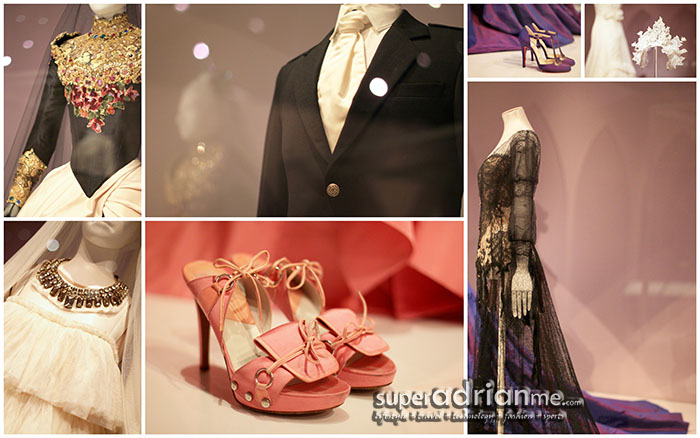
The Wedding Dress in Singapore
This section outside the main hall of the exhibition features wedding dresses worn by different ethnic groups in Singapore and traces the popularity of the Western-style wedding dress and the enduring qualities of the traditional wedding costume.
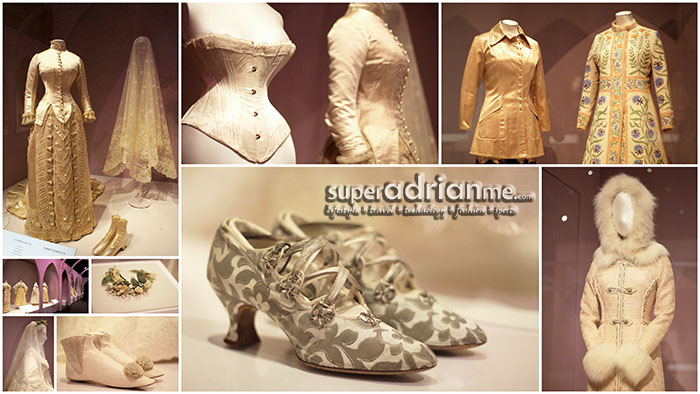
The exhibits were shipped in an excellent packing system from Australia, then New Zealand to Singapore for the exhibition. After which, the very fragile exhibits will be heading to a fourth country. Each dress is packed individually on custom made mannequins and custom made crates with a lot of support and paddings to prevent movement. You would also notice that the gowns and exhibits are cased up to preserve them.
Related articles

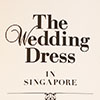
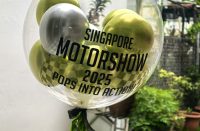
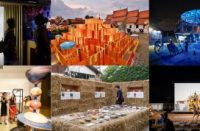
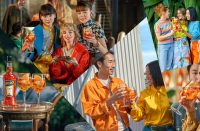







Pingback: Zubir Said and the Golden Age of Singapore Cinema – National Museum of Singapore | SUPERADRIANME
Pingback: Hublot “$5 Million” Big Bang On Display At First Ever Pop-Up Store At Paragon | SUPERADRIANME
Pingback: Celebrities Spotted With Louis Vuitton Speedy Empreinte | SUPERADRIANME
Pingback: Singapore Fashion Label Zardoze Debuts | SUPERADRIANME
Pingback: Singapore Night Festival 2012 Returns This weekend | SUPERADRIANME
Pingback: Happenings: Health, Wellness & Beauty | SUPERADRIANME
Pingback: Triumph Celebrates 40 years in Singapore With Lingerie Show | SUPERADRIANME
Pingback: Elite Model Look Singapore 2012 Open To Boys & Girls | SUPERADRIANME
Pingback: Stay FRESH & FIT with Subway's 6 GRAMS OF FAT Subs | SUPERADRIANME
Pingback: What's happening in Health, Wellness & Beauty in Singapore | SUPERADRIANME
Pingback: Triumph Autumn 2012 & Shape Sensation Preview - 40 years in Singapore | SUPERADRIANME
Pingback: Preview: Voyage Night Festival 2011 | SUPERADRIANME
Pingback: Singapore Night Festival 2012 Returns In August | SUPERADRIANME